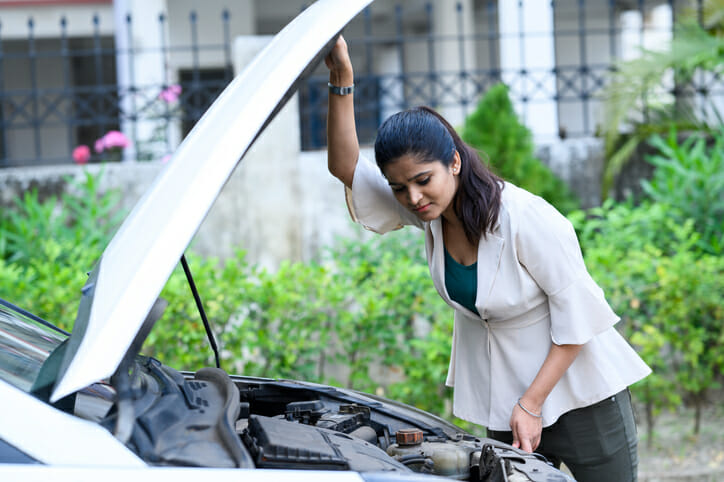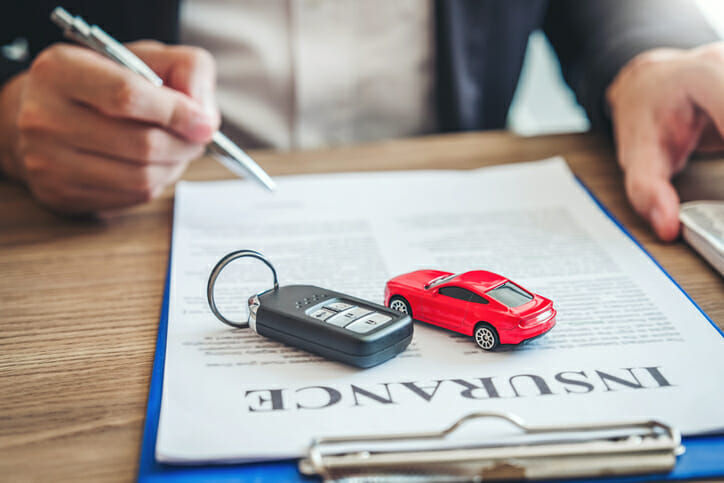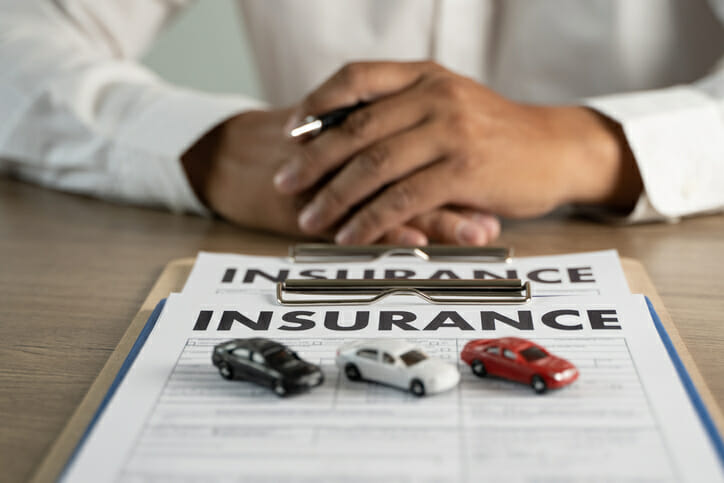Guaranteed asset protection (GAP) is a type of insurance or, sometimes, a non-insurance agreement that will cover the difference between a vehicle’s actual market value and the amount owed on the loan in the event the vehicle is stolen or totaled in a crash. GAP is relatively inexpensive and can protect people who finance or lease vehicles from the risk of owing thousands of dollars in the event of a loss. However, GAP contracts may contain important exclusions and other clauses that mean buyers should read them carefully before signing. Let’s break down how it works and when you need it.
Whether you’re buying a car or saving for a vacation, a financial advisor could help you create a financial plan for your buying needs and goals.
GAP Basics
If the buyer of an automobile or other vehicle finances the purchase and the vehicle is stolen or totaled in a crash, it’s possible that the collision insurance will not pay the full amount of the outstanding balance on the loan. GAP insurance provides a benefit by paying the difference between the loan amount and the amount that collision insurance will pay.
Not all GAP coverage is insurance. Debt cancellation agreements are non-insurance products that can be purchased from dealers or lenders. They do much the same thing as GAP insurance, but they are not regulated by state insurance authorities. And rather than paying a benefit, the debt is simply canceled when activated by a total loss of the vehicle.
GAP coverage is useful because vehicle typically begin to depreciate in value as soon as they are purchased. If a buyer has put less than 20% down on an automobile loan, this can mean the car is worth less than the amount owed. This is especially true in the early years of paying off a car loan.
GAP is even more likely to be useful when leasing a car. People driving leased cars very often owe more than the car is worth. If the car is stolen or totaled, they could be required to pay the difference, which could be thousands of dollars. Companies that lease cars often required GAP insurance to cover this possibility.
GAP insurance is commonly offered at lender or dealer when a car is being purchased. However, it can often be purchased later on.
GAP coverage is generally inexpensive. Annual premiums for the coverage may add only $20 or so to the collision insurance premium.
How GAP Works

GAP provides a benefit that is equal to the difference between what is owed and car’s actual cash value at the time it is stolen or totaled. This benefit is paid to the lender, not the person who leased or purchased the car. It’s to protect both lenders and drivers from loss if a car is a complete loss due to theft or a crash.
GAP isn’t needed unless a car purchase is being financed. A cash buyer doesn’t need GAP. Depreciation is what drives the potential usefulness of GAP. Cars become less valuable over time, and new cars depreciate faster than older ones. People who lease cars may find GAP more useful because they typically pay much smaller down payments than buyers.
People who finance cars for longer periods, such as more than 60 months, may also find GAP useful. This is because with the longer term, it takes more time for the buyer to build up equity. If a complete loss occurs, especially in the early years of a long-term loan, the buyer is more likely to owe more than the actual cash value.
GAP insurance normally covers a theft when the vehicle is stolen and is not recovered. It will also pay the difference between the car’s value and the amount owed if the car is totaled, which usually means damage that will require more than 75% of the car’s value to repair. Some GAP coverage may pay part of the borrower’s insurance deductible.
GAP can be purchased for automobiles, trucks, all-terrain vehicles, travel trailers and motor homes. It can also be purchased for boats, personal watercraft and snowmobiles.
Limits to GAP
GAP is generally only for new vehicles. Used car buyers don’t typically get GAP coverage. GAP is also not usually kept for the duration of the loan. After a few years, the car is normally worth more than the loan so GAP is not needed.
You should also note that GAP usually only pays after the collision insurance has paid. Drivers of cars that are stolen or totaled make claims with their collision insurance provider, then go to GAP if more is needed.
It is also important to keep in mind that GAP won’t pay more than the vehicle’s value. And it is likely not to pay for any missed payments, late fees or interest incurred after the loss. Policyholders should keep making payments on the lost vehicle until the claim is settled, which could take weeks. Finally, GAP may not cover a loss due to a crash by a driver who is under the influence.
GAP policies vary widely. Buyers should carefully read their contracts and see what is not covered and what specific exclusions may apply.
Bottom Line

GAP coverage can protect people who buy or lease vehicles from having to pay the difference between the loan amount and the vehicle’s actual cash value in the event it is stolen or destroyed in a crash. Policies aren’t expensive and can help manage the risk of possibly having to pay thousands to a lender for a vehicle declared a total loss. However, buyers should read contracts carefully to find out about exclusions.
Tips for Financing
- A financial advisor can help you determine which financing options are best for when you are acquiring a new vehicle. SmartAsset’s free tool matches you with up to three financial advisors who serve your area, and you can interview your advisor matches at no cost to decide which one is right for you. If you’re ready to find an advisor who can help you achieve your financial goals, get started now.
- GAP insurance is often sold by dealers and lenders when a vehicle is purchased. However, many vehicle insurance carriers offer GAP coverage that may be less costly and have fewer restrictions than one from a dealer or lenders. It’s a good idea to check with your existing insurance company for GAP options before taking one from a dealer or lender.
- You may want to consider other insurance options when financing a purchase. SmartAsset’s comprehensive budget calculator can help you figure out the best options to save for additional costs.
Photo credit: ©iStock.com/juststock, ©iStock.com/ABHISHEK KUMAR SAH, ©iStock.com/SARINYAPINNGAM
